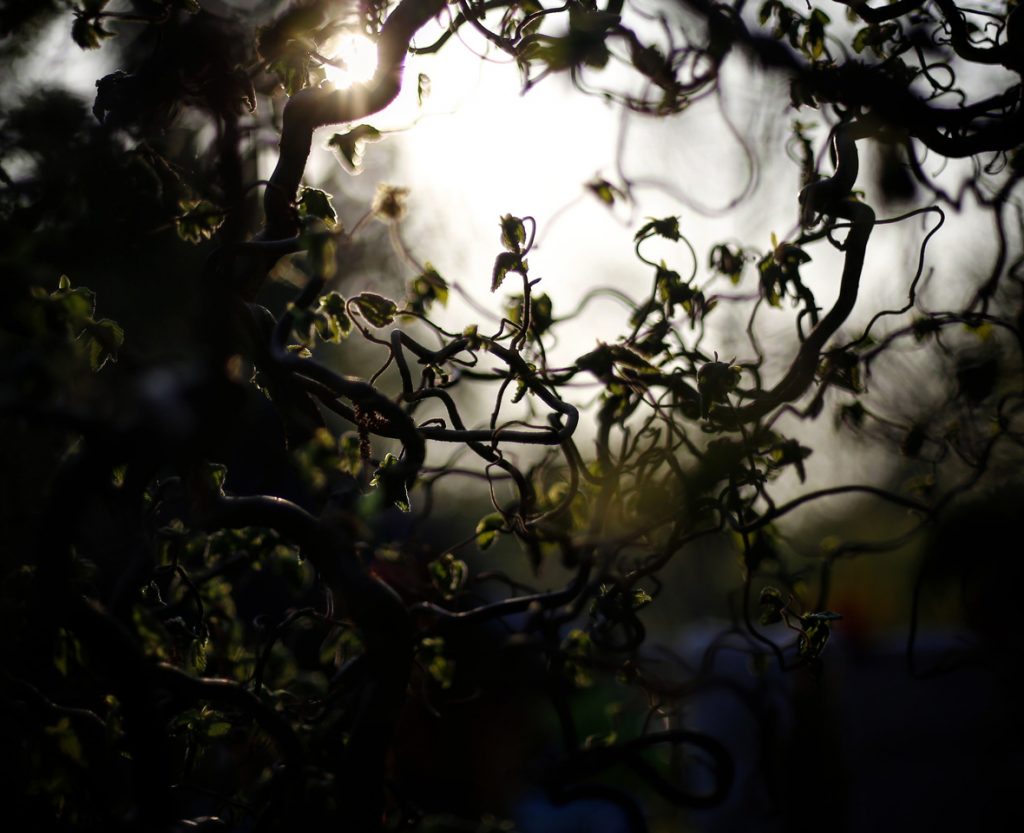Knowing archetypes we ‘Know Thyself’ as the Delphic maxim attests. We know what is and isn’t us. What is for me and not for me. We get clear on our motivations, our private and public agendas. We don’t chase dreams not meant for us, we don’t try to be something that we’re not. We become who we are. We know our lane, our own bandwidth, our own mountain to climb. We know our motivations in the light – and the shadow – as well as the associated struggles and graces. Archetypes assist us to know where, how and why we have influence. When we know ourselves archetypally, we can gain access to a doorway that reveals to us more authentic expressions of who we really are.
So we ‘Know Thyself’ by knowing the archetypal patterns of our lives. We come to know ourselves with as much unconditional love and presence that we can, our worthiness never in question, never in doubt. I can’t emphasise enough how crucial it is to know your patterns, whether as an individual or an organisation. It’s a real power we gift ourselves: to consciously engage these patterns of behaviour that manage the flow of power through our psyche. This process requires a deep reverence for our own gut instincts and soul esteem.
Archetypes enable us to clearly perceive when we’re making disempowering or empowering choices. They provide context to our challenges and successes. And we very often wrestle with the archetypal dynamics: we do battle with the shadow to get to the archetype’s light but it’s this very journey that empowers us. As Sonu Shamdasani, the editor of Jung’s The Red Book: Liber Novus mentioned in a lecture at the Library of Congress, Jung like Odysseus, was presented by fate with a nekyia, the descent into the dark Hades.
Speaking of the motif of Odysseus and how he passed the rocky islands of the Sirens, Jung wondered if he should do so or not. In his commentary on this passage Jung writes, “Odysseus would not have become what he was without his Odyssey.” And as Shamdasani adds, “It’s the question of the necessity of the wandering, of the erring, in terms of his becoming.”
It’s the journey – the descent – leaving the known shores, that empowers us.
Gradually we begin to recognise our patterns and how we’re managing our archetypal power. Do you have the awareness in a commercial meeting to say, “Give me a moment. I’m not in my right archetype. I can’t do business in this pattern of power,” if you felt one of your survival archetypes (according to Caroline Myss they are the Child, Victim, Prostitute and Saboteur) was running the show?
When people say, “Change your life, change your patterns,” what they really mean is, “Change your archetypes.” The Co-dependent can’t run a business, but the Queen – the Sovereign – can. The Starving Artist can’t sustain their creativity, but the Thriving Artist can. The Victim can’t get your health back on track but the Athlete or the Warrior can. The Addict can’t get out a dark night but the Mystic can.
We don’t get rid of a pattern, but rather we alchemically transition the pattern from its shadow manifestation to its light qualities.
Archetypes contain within them myths, vocabulary, posture, dress and choices, which we can consciously engage to activate their power. The Wounded Child with its feelings of worthlessness and rejection embraces the gifts of the wound, the capacity to forgive and love others. They demonstrate the resiliency of the human spirit.
We can also move from the shadow to the light of a pattern as a form of alchemy. From acting out the Rebel Without a Cause to being a Rebel With a Cause. We can transform the Tyrannical King to the Enlightened Ruler or the Shadow Seeker – who for all their seeking can’t recognise when they’ve arrived – to someone who can find comfort in the aloneness, with questions that are often unknowable and unanswerable.

We engage the forces of the soul for our own personal alchemy. Which archetypes can assist us in transforming a particular situation, or perspective, from lead to gold? Patterns running on autopilot keep us trapped in a singular terrain of our potential. And we can’t activate potential from yesterday, or tomorrow, only from where we are right here, right now. Cue Fatboy Slim.
All growth occurs in the moment of where we are. Our best teacher is our very own experience.
© 2020 Kristina Dryza